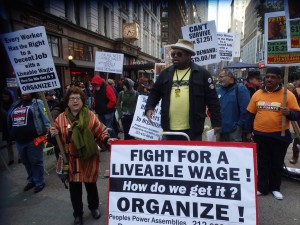How to Research Reviews on the Income Tax Planning Network
Posted by wpadmin | Posted in Reviews and Testimonials | Posted on 26-05-2015
Tagged Under : affiliate, cloud based bookkeeping, cloudbasedbookkeeping.com, credit repair, finances, H.O.P.E. to Own, HOPE Program, identity theft protection, joe delfgauw, marketing, ownwithhope.com, OWNWITHOPE, personal, real estate, tax preparation, tax return, taxes, the income tax planning network, the income tax planning network reviews, theincometaxplanningnetwork.com, theincometaxplanningnetwork.com reviews
It’s pretty staggering the level of visibility the Income Tax Planning Network is reaching from all corners of the corporate and entrepreneurial stratosphere, so needless to say, we find it a bit laughable that there needs to be a sort of “how-to” on researching the network and finding more goodies to read about regarding our services. However, let’s clarify this: this isn’t a how-to; rather, this is a look-see with convenience, allowing you, the reader to skip that research step and get in on the good stuff.
You Deserve to Feel Awesome About the Income Tax Planning Network
Before buying into a service, you need proof. You need to know that the service is worth the cost and investment. Well, here it is, and be sure to take notes (and there will also be more coming this way) —
- OWNWITHHOPE — Just a real estate site making the connection that personal income tax, bookkeeping and other services related are essential, so they took a good look at the Income Tax Planning Network and put their own stamp of approval on us!
- H.O.P.E. Program — As a free guidance program, you can bet H.O.P.E. to Own’s all about collaboration, so the Income Tax Planning Network fits right in with their review of us here.
- Delfgauw’s Ultimate Marketing Secrets — Now this is a bit of a surprise, coming from a successful entrepreneur writing about our own site and services from the perspective of an affiliate marketer, advertiser and all-around successful businessperson. See how personal finances matter?
They matter to a multitude of industries. Businesses. Individuals. Everyone cares about money and how it’s managed. People want to be educated.
Given We’re a Community, That’s What We Do Best
The Income Tax Planning Network’s all about community, and it shows all over the Internet. Get in on the action by signing up right now, and know this: these reviews are just the beginning. What the Income Tax Planning Network brings to the table will only serve as tasty treats and goodies.
Share
Follow Us!


